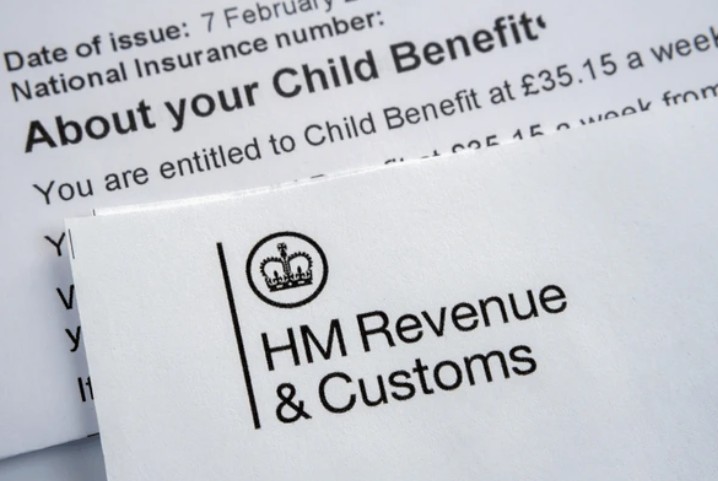Pensions warning: Tax trap looming for UK retirees as HMRC data shows rising burden
Pensions warning headlines have become more than just financial noise—they’re now a hard-hitting reality for millions of UK pensioners.
Fresh data from HM Revenue and Customs (HMRC) reveals that a record number of retirees are being pulled into the income tax net, and it’s happening faster than many expected.
In the upcoming 2025/26 financial year, an estimated 8.7 million pensioners will owe income tax on their retirement income. That’s not just a slight uptick. It’s 420,000 more than last year and a whopping 1.85 million more than in 2015/16.
What’s driving this surge? Not a tax hike. But rather, tax threshold freezes, which are quietly pushing more people over the line.
The Personal Allowance, which dictates how much income you can earn before paying tax, has been frozen at £12,570 and will stay that way until April 2028. In the meantime, the New State Pension is steadily rising—projected to cross that tax-free threshold in just two years’ time.
Financial expert Helen Morrissey from Hargreaves Lansdown sees this as a mixed bag: “The pension tax paying population is surging.
On the one hand, this can be celebrated as a sign of rising incomes among this population, but it’s also fair to say that frozen tax thresholds have also played a huge part in dragging more pensioners into taxpaying territory.
With the freeze set to stay in place until 2028, we expect to see these numbers continue to swell.”
On paper, a pension increase is good news. In real life, it may come with a tax bill.
In April this year, pension payments rose by 4.1%. And while future rises under the Triple Lock mechanism are forecast at a more modest 2.5% per year, it’s still enough to tip many pensioners over the threshold.
By 2027/28, the full New State Pension could be worth £12,578.80—just enough to make the entire amount taxable.
It might seem like a small overstep. But for those with additional income—from private pensions, savings, or part-time work—the taxman will be taking a larger cut.
Still, there are ways to stay ahead of the game. “There are things that can be done to help manage these tax liabilities. For a start, up to 25 per cent of your pension can be taken tax free and this can be used alongside taxable income to keep you below an income tax threshold.
Retirement income is also more than just about pensions, with ISAs also able to play a key role.”
Using ISAs, which provide tax-free income, alongside pension withdrawals, can help pensioners avoid tipping into a higher tax bracket. Strategic withdrawals and better income planning are now essential—not optional.
Morrissey also highlights how pension contributions can help working people mitigate tax earlier in life: “Paying into a pension reduces your adjusted income and this can reduce the amount of tax you have to pay or even stop you from breaching a threshold that moves you into paying tax at a higher rate.
This can be especially helpful to those who earn between £100,000 and £125,140 per year who get hit by the stealthy 60 per cent tax trap that erodes your personal allowance.”
That 60% marginal tax rate—rarely talked about—is something professionals and high earners need to be wary of. Pensions can be a powerful tool in avoiding it.
The Triple Lock, which protects the value of the State Pension by increasing it based on earnings, inflation or a flat 2.5%, is here to stay under the current government. But it comes with unintended side effects.
Here’s what retirees can expect under current forecasts:
- 2025/26: New State Pension – £11,973
- 2026/27: Expected to hit £12,227.30
- 2027/28: Predicted to rise to £12,578.80
With these figures, pensioners relying solely on the State Pension might just cross the threshold, but those with other income streams will feel the squeeze.
To avoid nasty surprises, it’s essential for pensioners and those approaching retirement to understand their tax position. The government’s online pension tax checker at GOV.UK can help individuals estimate how much tax they might owe and offers guidance on what counts as taxable income.
As part of this broader picture, millions of UK households are also being alerted by HMRC through tax refund letters, highlighting how widespread and complex tax issues have become even beyond pension income.
So while the numbers climb and thresholds stay frozen, the bottom line is clear: more pensioners will pay more tax unless they plan smart and act early.
The pensions warning isn’t just a headline—it’s a wake-up call






